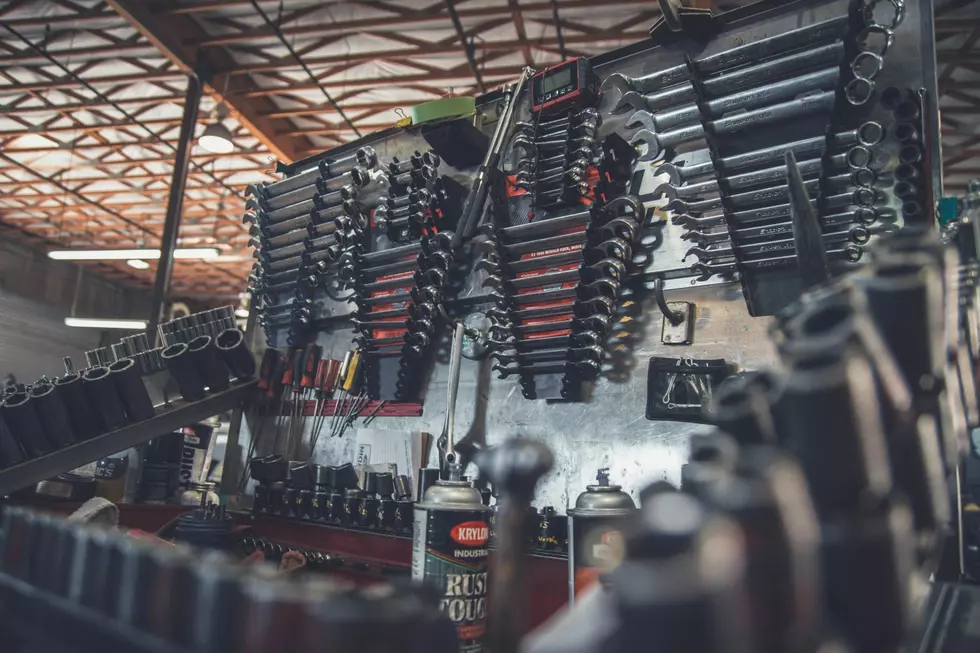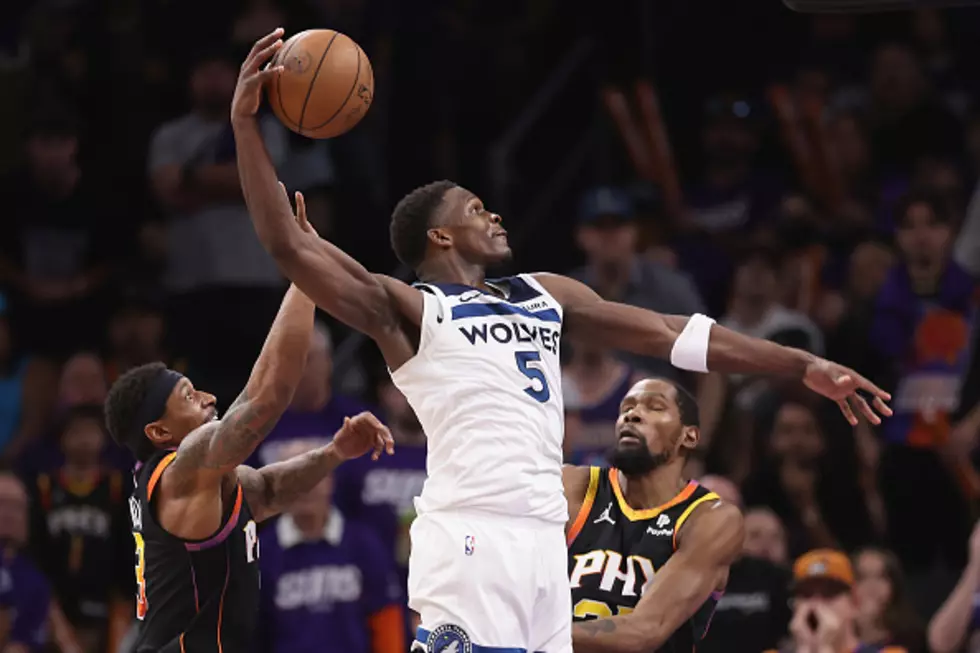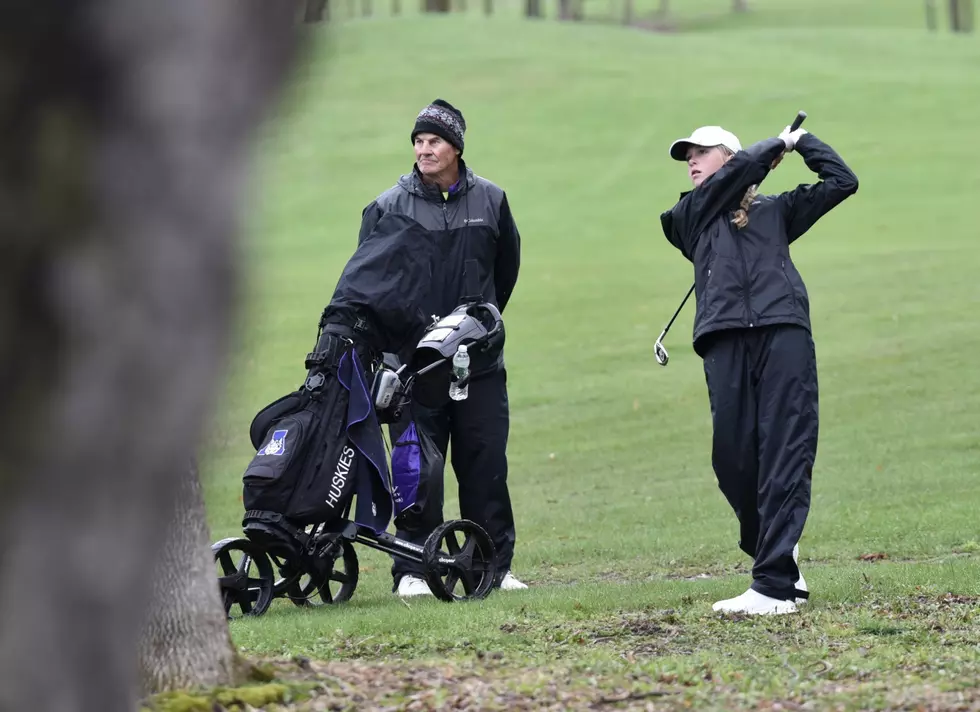
Pollinators Looking for Homes in Your Spring Gardening Plans
UNDATED (WJON News) - It won’t be long before the grass starts to green and plants start to bloom. This year, consider the pollinators that call your backyard home in your gardening plans.

Kass Urban-Mead with the Xerces Society says those backyard insects are more than just pests.
At least one in three of our bites of food relies on pollinators to some degree. And that's particularly true once you zoom in on your most nutritious and nutrient-dense foods, the nuts and fruits and vegetables, and then lots of other important crops and wild plants are highly dependent on pollinators.
But, The U.S. Fish and Wildlife Service says a combination of climate changes, and more land being turned into roadways, manicured lawns, and crops have meant a nearly 50 percent drop in the number of honeybees in the U.S.
This spring, the University of Minnesota Extension is ready with information about how to plant pollinator-friendly plants in your backyard. Officials say the most important pieces of any pollinator garden are providing a diverse array of blooming flowers, making sure to have something blooming from early spring through fall, and keeping your plants free of pesticides, fungicides, and insecticides.
Urban-Mead says a little change can yield big results.
There's no space that's too small, you can make a difference no matter how small your space. It's not, you know, a polar bear or a great wolf that needs huge numbers of acres no matter whether you just have a small patio or balcony, a patch of grass nearby, you can convert it into habitat and start to make that difference.
For a list of pollinator-friendly backyard plants and design options, find the University of Minnesota Extension’s page here.
THIS MONTH'S MOST-READ STORIES:
Poultry Farms Using Lasers to Keep Wild Birds Away
Benton County Fair Announces Grandstand Lineup
GALLERY!! The Foley Mansion is Ready for the Public
Seven Reasons Mosquitoes Might Like You More Than Most
More From AM 1240 WJON









